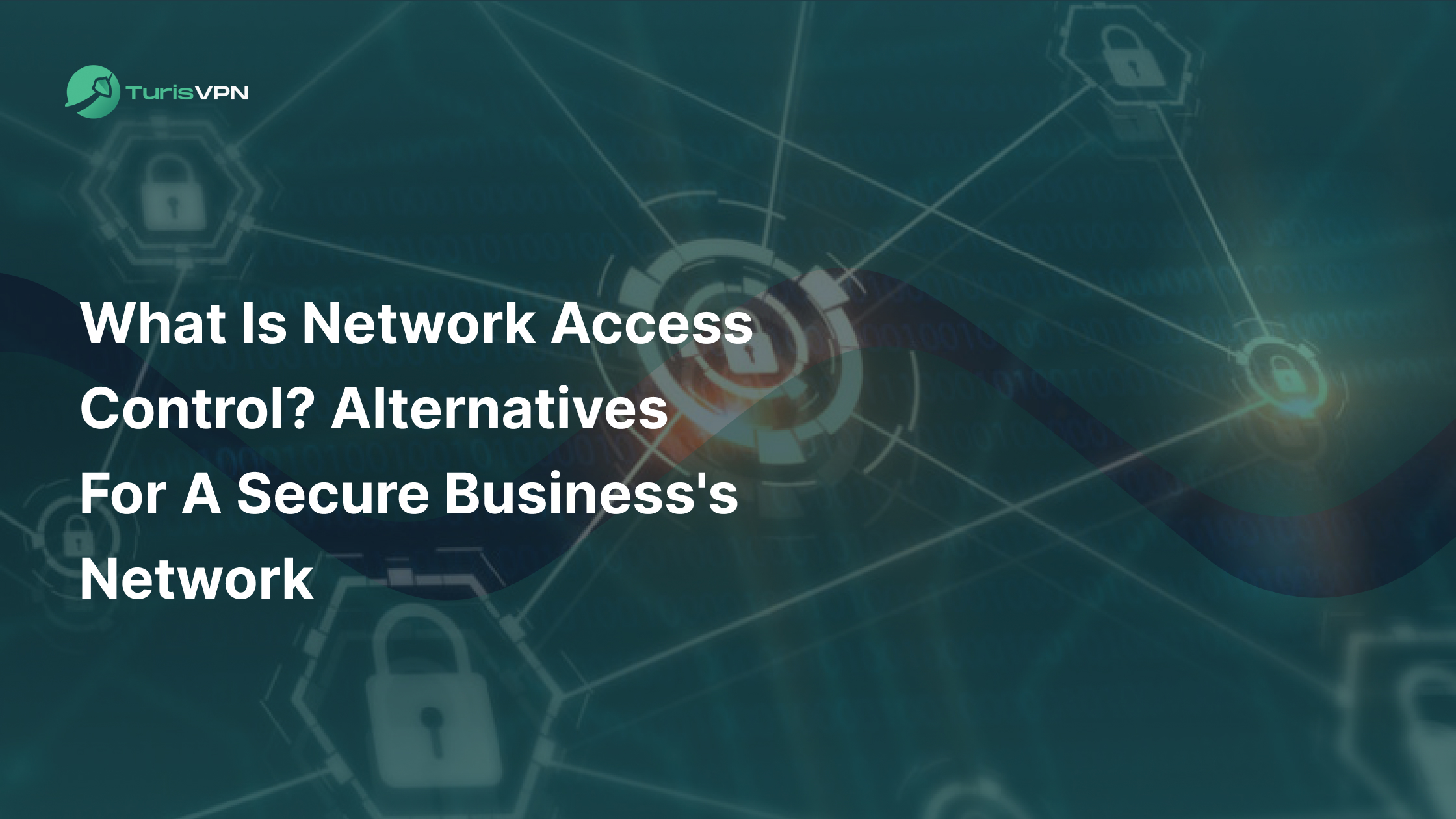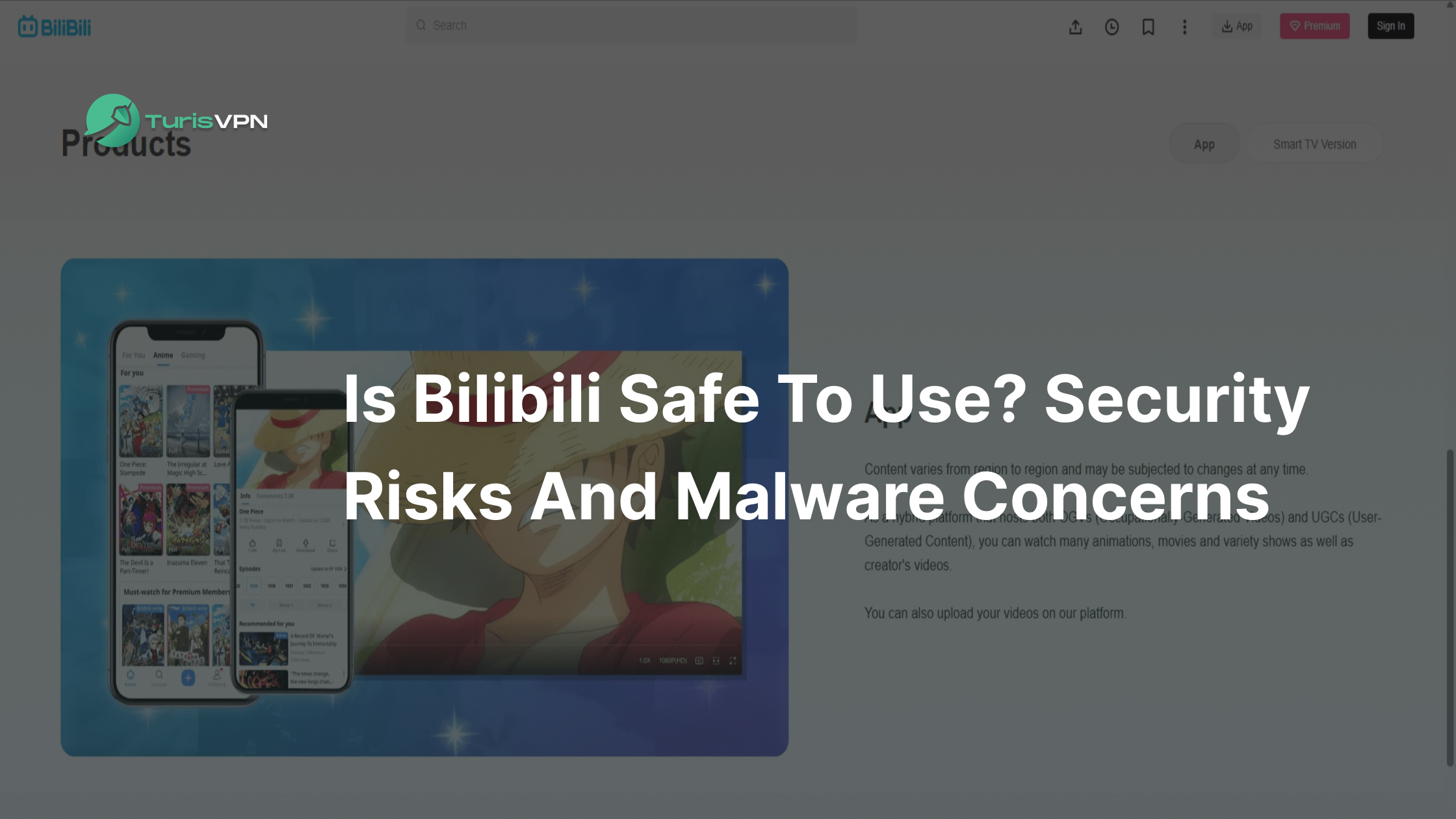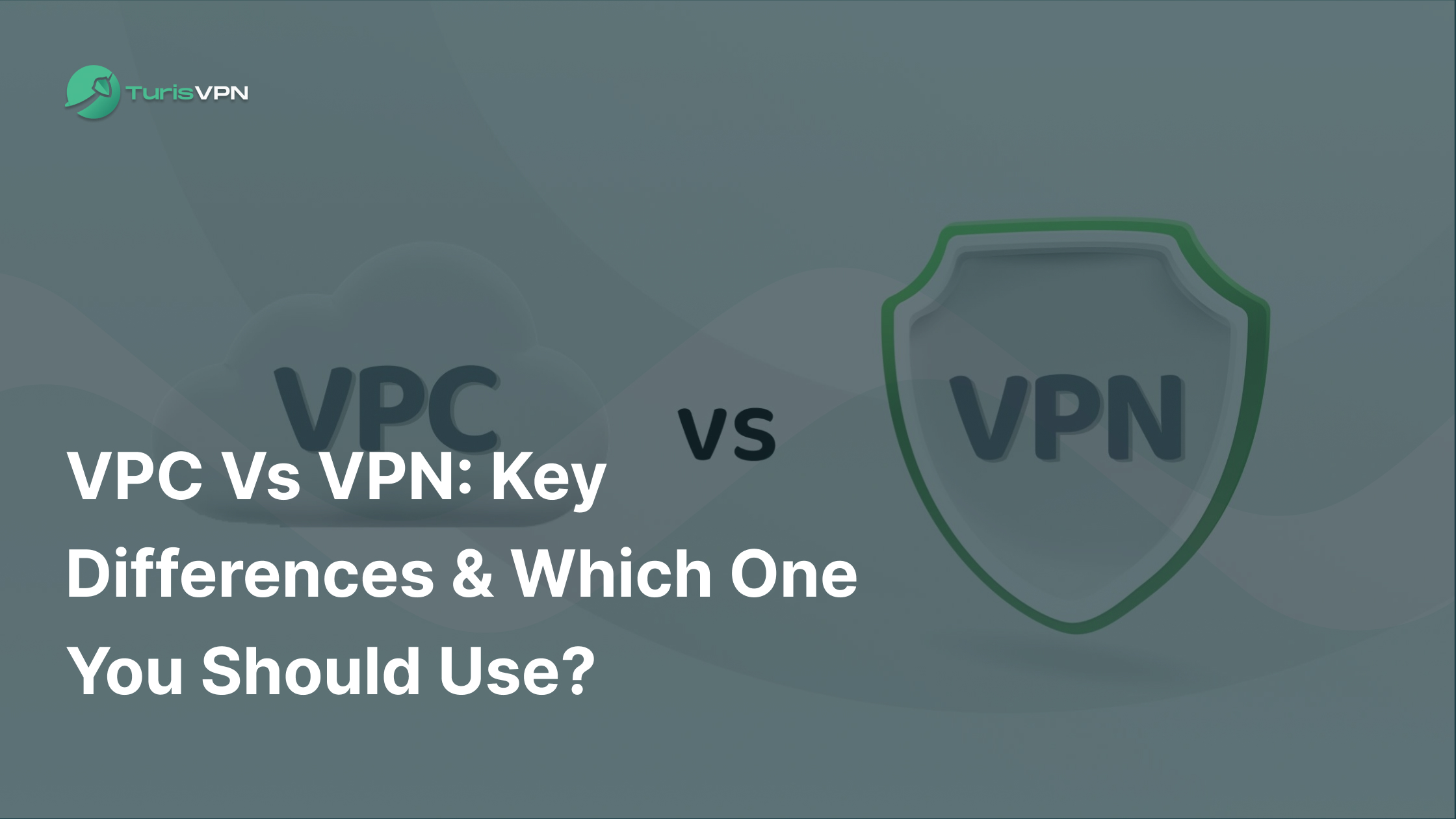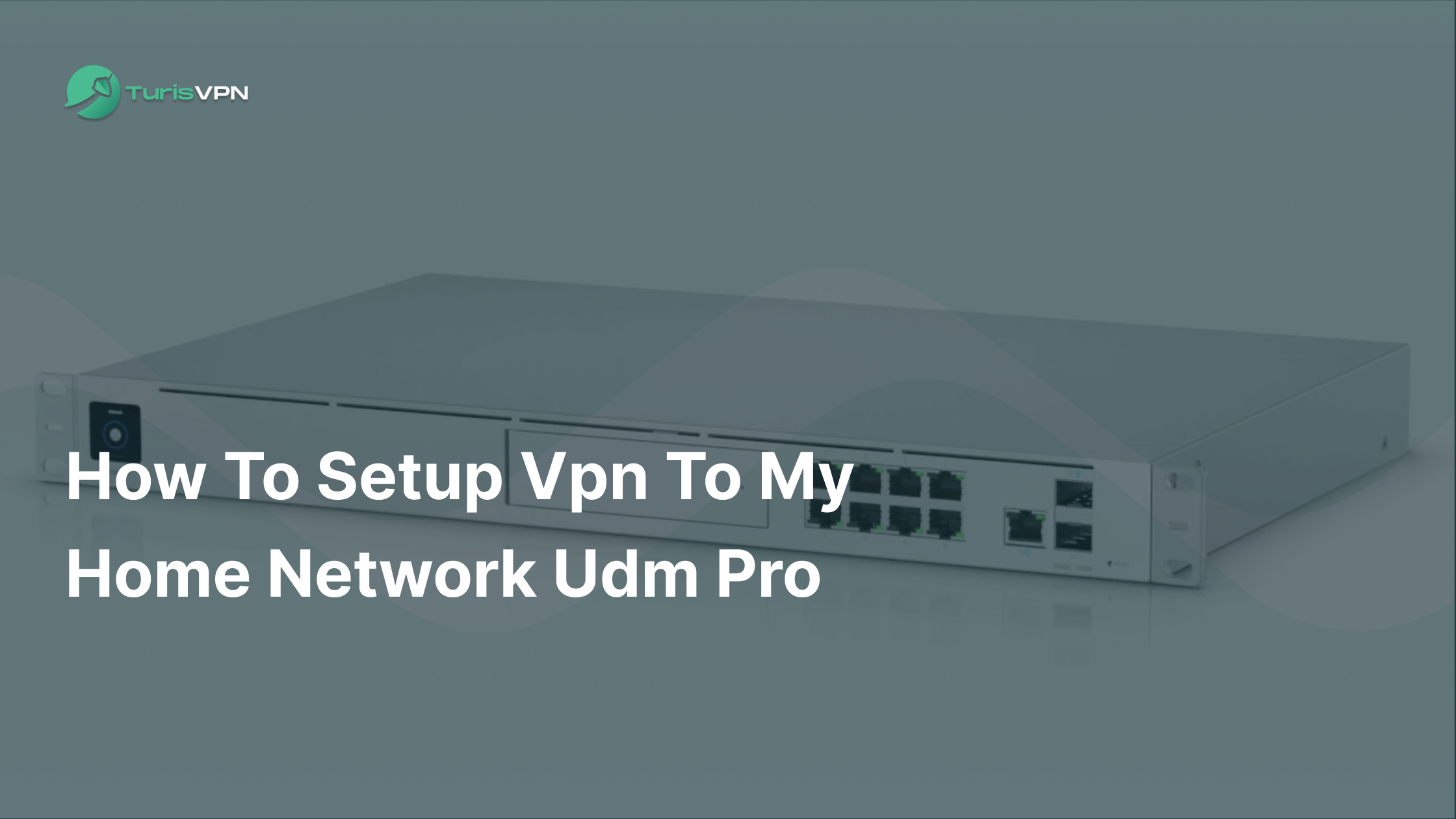Today, businesses of all sizes need to protect their networks. Network access control (NAC) is key to keeping these networks safe and reliable. NAC helps see who is on the network and controls access by setting rules for devices and users.
In this blog post, we’ll explain what Network Access Control (NAC) is, how it works, and why it’s important. We’ll also look at how NAC is different from firewalls and suggest other security options like VPNs to keep your business network secure.
Key Takeaways
- NAC secures private networks by ensuring only authorized devices and users can connect, enhancing overall network safety.
- NAC is crucial for managing Bring Your Own Device (BYOD) environments, ensuring personal devices meet security standards before accessing network resources.
- Combining NAC with VPNs, like TurisVPN, provides comprehensive network security.
What Is Network Access Control ?
Network Access Control (NAC) is a security method that keeps private networks and sensitive information safe by controlling who can connect. It makes sure only approved and secure devices and users get access.

NAC checks if a device is allowed to connect to the network. Based on this check, the device is either allowed or denied access. This is usually done using a technology called 802.1X, which handles three main tasks: Authentication, Authorization, and Accounting (AAA).
- Authentication: Confirms the identity of the device or user trying to connect.
- Authorization: Decides what the authenticated device or user is allowed to do on the network.
- Accounting: Monitors and records what the device or user does on the network.
NAC is important because it stops unauthorized devices from accessing sensitive data and ensures that all connected devices follow the security rules of the organization. This helps to prevent security breaches and other issues.
How Does Network Access Control Work?
Network access control discovers all the devices connected to a network, categorizes them according to their type, and acts based on preconfigured rules, protocols, and authentication factors.
Now, to help you easily understand how it works, let’s imagine a company where employees use laptops, tablets, and smartphones to get online. NAC checks each device and confirms who is using it.
Depending on the user’s role, they get access to certain resources. NAC keeps an eye on what they do, and if it notices anything unusual, it can quickly block or isolate the device to stop any potential security problems.
What Are the Common Use Cases for NAC?
Network Access Control (NAC) is helpful in various cases, improving network security and management. Here are some common uses:
Managing BYOD Work Arrangements
As more people work remotely and use their own devices (like phones, tablets, and laptops) to access work networks, security risks increase. NAC ensures only trusted devices can access important resources.
This is done using a centralized NAC system that manages device checks and enforces security rules, mobile device management tools that help monitor these personal devices, and clear security policies that define what devices can do.
Handling IoT Devices and Systems
The Internet of Things (IoT) includes many devices such as sensors, smart grids, and connected cars, which are used in various industries. These devices can be hard to manage and secure due to their large number.
Key components include the NAC system for managing device identification, IoT gateways that help communicate between devices and the NAC system, and specific security policies for these devices.
NAC for Medical Devices
In healthcare, many medical devices like patient monitors and imaging systems connect to networks. It’s crucial to secure these devices to protect patient data. NAC helps by identifying and allowing only authorized medical devices to connect to the network, enforcing strict access rules, and monitoring for any security threats.
Important components for this include a centralized NAC system for managing device access, secure network infrastructure, and detailed security policies for medical devices.
Why Is Network Access Control Important?
Network Access Control (NAC) is crucial for organizations due to the increasing number of mobile devices. . NAC provides essential tools for visibility, access control, and compliance, enhancing overall network security.
Improved Security
NAC improves security by checking all devices and users connecting to the network. It can block unauthorized access, quarantine unsafe devices, and restrict access to protect against malware and cyberattacks.

This way, it blocks hackers and dangerous software from entering the network. If a device or user seems suspicious, NAC can immediately isolate them to prevent harm.
Automation
With more devices connecting to networks, manually checking security policies is impossible. NAC automates user and device authentication, making network access faster and safer.
This is helpful for managing personal devices (like employees’ phones and laptops) and Internet of Things (IoT) devices, which are common targets for hackers.
Ease of Control
NAC provides a continuous overview of all connected devices, acting as a real-time inventory for IT management. This helps track authorized devices, manage their life cycles, and ensure they follow security rules.
If there is a security issue, NAC makes it easy to identify and isolate the problem quickly. This makes managing network security more efficient and helps prevent data breaches.
Differences Between NAC and Firewall
Many people confuse Network Access Control (NAC) with firewalls because both are crucial for network security. However, they serve different purposes and operate in unique ways. Here are the key differences:
Focus Areas (Endpoint vs. Network Focused)
- Firewall: A firewall is placed between different networks and controls what goes in and out. It manages traffic between your network and the outside world.
- NAC: NAC manages communication between devices within the same network. For example, NAC can control file sharing between two PCs on the same network.
Policy Types (Static vs. Dynamic Policies)
- Firewall: Uses fixed rules based on IP addresses, ports, and protocols. Newer firewalls can also use user-based controls.
- NAC: Uses flexible rules. Devices are grouped based on their behavior and attributes, and these groups can change in real-time. For example, a device without antivirus software can be quickly isolated.
Network Scope (External vs. Internal Networking)
- Firewall: Blocks bad traffic coming into or leaving a network based on simple rules.
- NAC: Controls how devices within the network communicate with each other, offering more flexible control.
Here’s a table to help you quickly understand the difference between Firewall and NAC:
| Firewall | Network Access Control (NAC) | |
| Focus Areas | Controls traffic between different networks (external vs. internal) | Manages communication between devices within the same network |
| Policy Types | Uses static rules based on IP addresses, ports, and protocols | Uses dynamic rules based on device behavior and attributes |
| Network Scope | Blocks malicious traffic entering or leaving the network | Controls device interactions and access within the network |

Firewalls and NAC work well together. Firewalls protect against external threats, while NAC manages internal security. Hence, this integration can provide your business’s network a strong and safe protection against security threats.
Is NAC Everything A Business Needs For A Secure Network?
While Network Access Control (NAC) is crucial for network security, it’s not enough on its own. To fully secure a business network, integrating VPN (Virtual Private Network) technology is essential.
Here’s how NAC and VPN work together to enhance network security:
- Secure Remote Access: When employees use a VPN to connect to the company network from remote locations, NAC ensures their devices meet the organization’s security standards before granting access.
- Enhanced Authentication: NAC adds an extra layer of authentication. Even if VPN credentials are stolen, NAC prevents unauthorized devices from accessing the network.
- Policy Enforcement: NAC can enforce security policies on devices connected via VPN, such as requiring up-to-date antivirus software or the latest system patches.
- Real-Time Monitoring: NAC monitors the network in real-time and can detect and respond to any non-compliant behavior, even on devices connected through a VPN. It can isolate or block devices that pose a threat.

For a comprehensive and user-friendly solution that integrates both technologies, we recommend using TurisVPN along with NAC to enhance your network security strategy.
With TurisVPN, users can safely connect to the network from remote locations, perfect for remote work setups. Combining TurisVPN with NAC provides a powerful security solution by securing connections and controlling who can access the network.
Install TurisVPN today and take the first step towards a safer, more secure network environment!
Bottom Line
Network Access Control (NAC) is key for protecting business networks by stopping unauthorized users and devices. NAC identifies and checks devices, sets access rules, and keeps an eye on network activity to enforce security policies. This ensures only safe and approved devices can connect.
However, NAC alone isn’t enough. Firewalls control traffic between networks, while NAC focuses on internal device communication. VPNs add an extra layer of security, especially for remote access, by encrypting data and ensuring secure connections.
For the best security, businesses should integrate both NAC and VPN solutions. This combination provides comprehensive protection, securing both internal and remote connections. We recommend using TurisVPN with NAC for strong and easy-to-use security.






